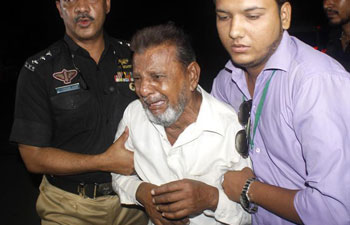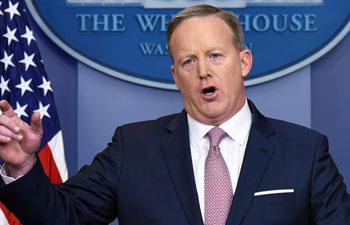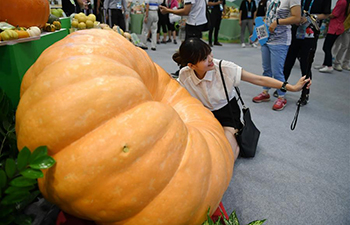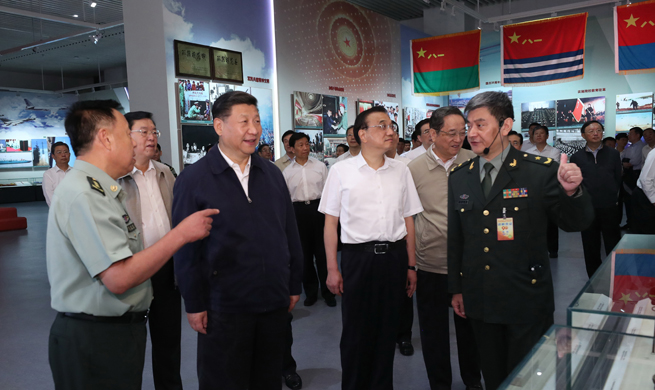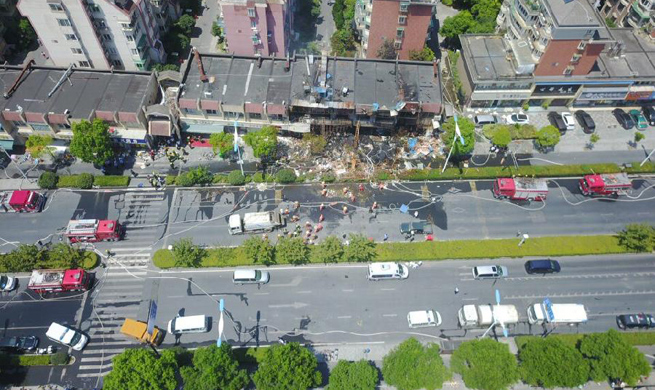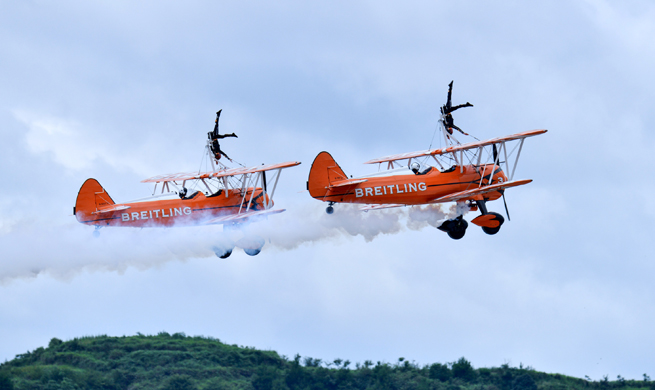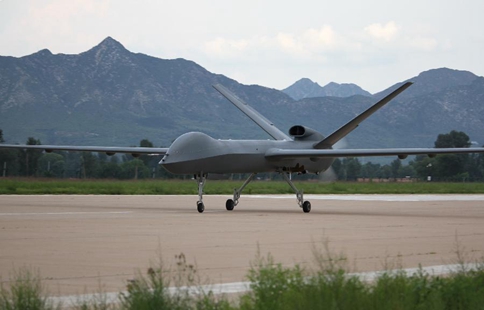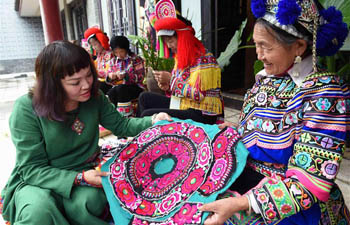SAN FRANCISCO, July 21 (Xinhua) -- Engineers at Stanford University have developed a 4D camera with an extra-wide field of view to generate information-rich images that robots need to navigate the world.
The camera, which generates a four dimensional image and can capture nearly 140 degrees of information, are expected to be better than current options for close-up robotic vision and augmented reality, according to engineers involved in the project.
The difference between looking through a normal camera and the new design is like the difference between looking through a peephole and a window.
"A 2D photo is like a peephole because you can't move your head around to gain more information about depth, translucency or light scattering," explained Donald Dansereau, a postdoctoral fellow in electrical engineering. "Looking through a window, you can move and, as a result, identify features like shape, transparency and shininess."
That additional information comes from a type of photography called light field photography, first described in 1996 by Stanford professors Marc Levoy and Pat Hanrahan.
Light field photography captures the same image as a conventional 2D camera plus information about the direction and distance of the light hitting the lens, creating what's known as a 4D image.
A well-known feature of light field photography is that it allows users to refocus images after they are taken because the images include information about the light position and direction.
Robots might use this to see through rain and other things that could obscure their vision.
The extremely wide field of view, which encompasses nearly a third of the circle around the camera, comes from a specially designed spherical lens.
However, this lens also produced a significant hurdle: how to translate a spherical image onto a flat sensor.
Previous approaches to solving this problem had been heavy and error prone, but combining the optics and fabrication expertise of the University of California, San Diego, and the signal processing and algorithmic expertise of the lab of Gordon Wetzstein, assistant professor of electrical engineering at Stanford, resulted in a digital solution to this problem that not only leads to the creation of these extra-wide images but enhances them.
With robotics in mind, Dansereau and Wetzstein, along with colleagues from UC San Diego have created the first-ever single-lens, wide field of view, light field camera, which they are to present at the computer vision conference CVPR 2017 on July 23.
"We want to consider what would be the right camera for a robot that drives or delivers packages by air. We're great at making cameras for humans but do robots need to see the way humans do? Probably not," Dansereau was quoted as saying in a news release from Stanford Friday.
As technology stands now, robots have to move around, gathering different perspectives, if they want to understand certain aspects of their environment, such as movement and material composition of different objects. This camera could allow them to gather much the same information in a single image. In addition, the researchers see this being used in autonomous vehicles and augmented and virtual reality technologies.
Currently as a proof-of-concept, this camera system's wide field of view, detailed depth information and potential compact size are desirable features for imaging systems incorporated in wearables, robotics, autonomous vehicles and augmented and virtual reality.
Although it can also work like a conventional camera at far distances, it is designed to improve close-up images. Examples where it would be particularly useful include robots that have to navigate through small areas, landing drones and self-driving cars.
As part of an augmented or virtual reality system, its depth information could result in more seamless renderings of real scenes and support better integration between those scenes and virtual components.
"It could enable various types of artificially intelligent technology to understand how far away objects are, whether they're moving and what they've made of," said Wetzstein. "This system could be helpful in any situation where you have limited space and you want the computer to understand the entire world around it."
The researchers are planning to create a compact prototype next, which hopefully will be small enough and light enough to test on a robot.





